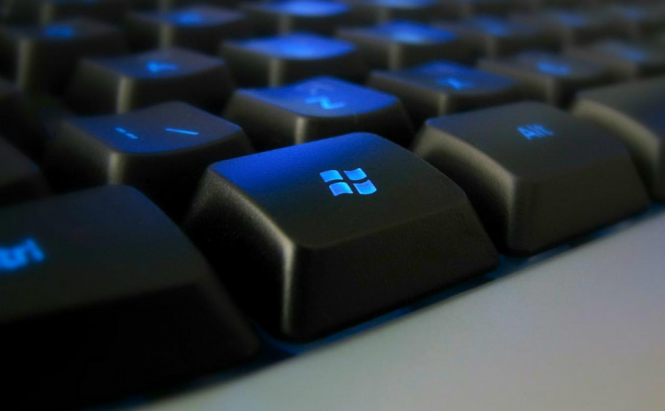 Disable the Windows key shortcuts
Disable the Windows key shortcuts
Many people find the Windows key on their keyboards extremely useful as in combination with other keys it allows to quickly perform actions like seeing your desktop, launching a run box or opening the start menu. However, that key can also be very annoying, especially for a gamer; as if he or she hits it by mistake instead of pressing Ctrl or Alt, it will take a user out of the game. In case you're in the second category, here are a few quick solutions.
Before we begin, you should know that we will be tempering with Registry Files and if you modify the wrong thing, you may compromise your operating system, so please be attentive and closely follow the steps presented in this guide. There are two solutions for disabling the Windows key shortcuts: the one that everyone can use involves creating a Windows Registry file, while the other can only be employed by those who have Windows 10 Pro or Windows 10 Enterprise as it requires tinkering with the Group Policy tool.
Windows Registry
Here are the steps that you need to take if you're a Windows Home user:
- Launch the Registry Editor by clicking the Start button, typing in "regedit" (without quotes) and clicking on the Run Command with the same name that appears in the Best Match category.
- In the left-side pane navigate to HKEY_Current_User --> Software --> Microsoft --> Windows --> Current Version --> Policies --> Explorer.
- Right-click the Explorer entry from the left side pane and choose New --> DWORD (32-bit value)
- Type "NoWinKeys" (without quotes) as the name of the registry file that you've created.
- Double click the NoWinKeys entry and modify the Value Data to 1, leaving it hexadecimal.
- Restart or log-out.
Once you do this, when you log back into your Windows account, the Win key will no longer do anything. The bad news is that you're going to repeat these steps for all the Windows user accounts that don't want to use the Win button. To enable the Windows logo key functionality once more, simply open the Registry Editor again, navigate to the NoWinKeys file that you created, then delete it and either restart your PC or log-out of your account.
Group Policy
If you use the Pro or Enterprise version of Windows 10, you may find the Group Policy solution simpler. Here's what you need to do:
- Launch the Local Group Policy Editor by clicking the Start button, typing "gpedit.msc" (without quotes) and clicking the Microsoft Common Console Document with the same name.
- On the left pane, go to User Configuration --> Administrative Templates --> Windows Components --> File Explorer.
- On the right pane, find the Turn off Windows+X hotkeys entry, double-click it, select Enabled and press OK.
- Reboot or log out.
To reverse the change, simply repeat the steps but select Disabled instead.
Now, when you've seen how to disable the Windows key shortcuts, you may also want to read: "Why does Windows 10 collect your data?" or "Reinstall default Windows 10 apps", "The best tips and tricks for using the File Explorer"




